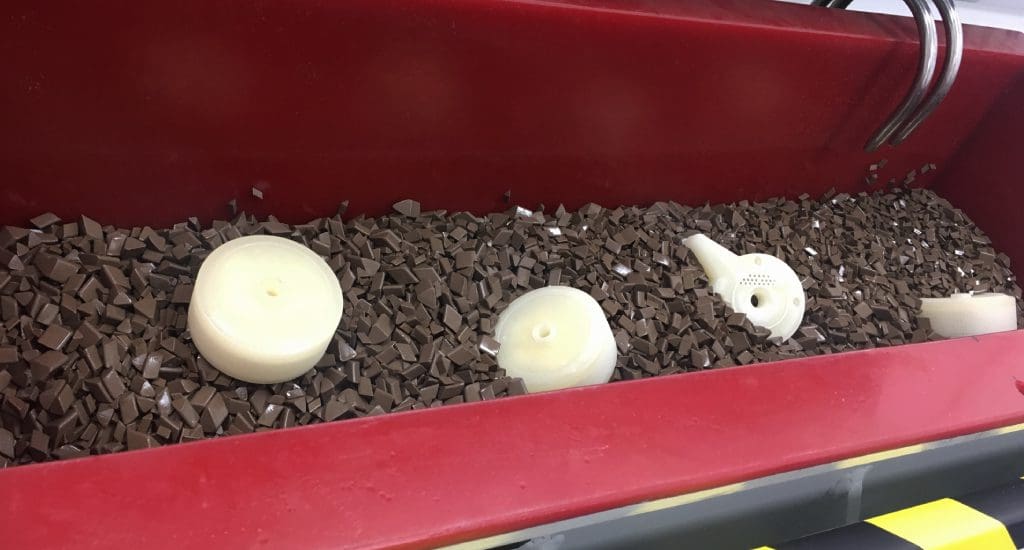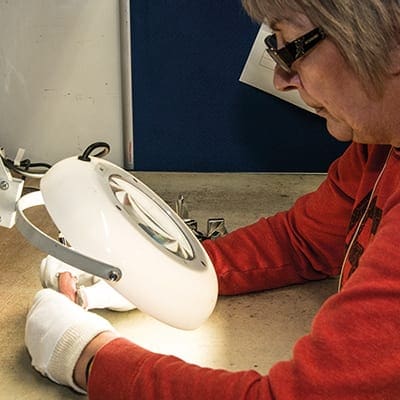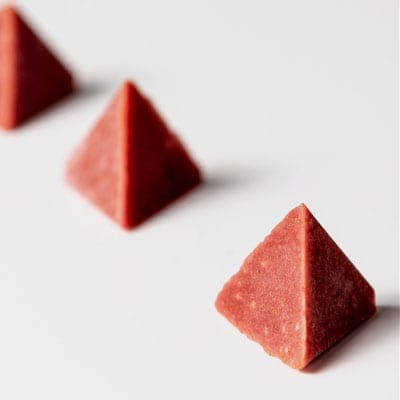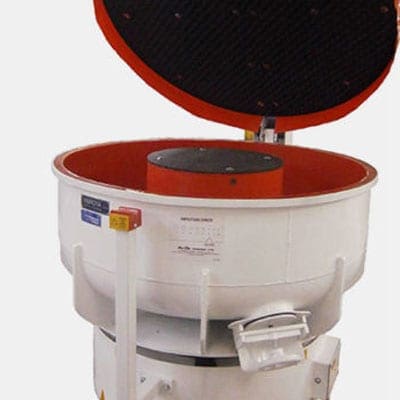-

-

-
- About
- Industries
-
Sub-Contracting
-
- Consumables
-
Cleaning
-
- All Ultrasonic Machines
- TT Standard Ultrasonic Series
- LT Pro Laboratory Ultrasonic Cleaning Machines
- MOT Automotive Ultrasonic Cleaning Machines
- One Tank Industrial Ultrasonic Cleaning Equipment
- Manual Multistage Ultrasonic Cleaning Equipment
- Multistage Automatic Ultrasonic Cleaning Machine
- Ultrasonic Generators
- Ultrasonic Cleaner Solution
-
-
Blasting & Peening
-
- All Shot Blasting Machines
- Powertrack Junior Portable Blast System
- Powertrack Portable Blast System
- ActOn Mobile Shot Blasting Room
- ECO Shot Blasting Machines
- Premium DI Suction Blasting Machines
- Premium DP Pressure Blasting Cabinets
- AWB Wet Blasting Cabinet
- Premium NP Wet Blasting Cabinets
- Automated Wet Blasting Machine
- NF Sandblasting Cabinets
- DLyte eBlast – Electro Shot Blaster
- AM Shot Peening and Blasting Series
- Automated Shot Blasting Equipment
- All Wheel Blasting Machines
- Spinner Hanger Blast Machine
- Tumble Rubber Belt Shot Blasting Machine
- Tumble Steel Belt Shot Blasting Machine
- Wire Mesh Belt Shot Blasting Machine
- Continuous Feed Overhead Rail Blasting Machine
- Roller Conveyor Blast Machine
- Continuous Feed Tube & Bar Blast Cleaning Machine
- Rotary Table Shot Blasting Machine
- Tunnel Concrete Shot Blast Machine
-
-
Surface Finishing
-



-
Surface Finishing
- All Mass Finishing Machines
- Vibratory Bowl Machines
- Vibratory Trough Machines
- Dual Finishing Machines
- Dryers
- Centrifugal High Energy Machines
- Disc Finishing Machines
- LE30 Rotary Barrel Machine
- Wheel Polishing Machine
- Automation for Mass Finishing
- Mass Finishing Accessories
- All Vibratory Machines
- Vibratory Dual Machines
- Vibratory Consumables
- Vibratory Bowl Machines
- Vibratory Trough Machines
- Dlyte Technology
- Waste Water Treatment
- REFURBISHED MACHINES
-
Blasting & Peening
- All Shot Blasting Machines
- Powertrack Junior Portable Blast System
- Powertrack Portable Blast System
- ActOn Mobile Shot Blasting Room
- ECO Shot Blasting Machines
- Premium DI Suction Blasting Machines
- Premium DP Pressure Blasting Cabinets
- AWB Wet Blasting Cabinet
- Premium NP Wet Blasting Cabinets
- Automated Wet Blasting Machine
- NF Sandblasting Cabinets
- DLyte eBlast – Electro Shot Blaster
- AM Shot Peening and Blasting Series
- Automated Shot Blasting Equipment
- All Wheel Blasting Machines
- Spinner Hanger Blast Machine
- Tumble Rubber Belt Shot Blasting Machine
- Tumble Steel Belt Shot Blasting Machine
- Wire Mesh Belt Shot Blasting Machine
- Continuous Feed Overhead Rail Blasting Machine
- Roller Conveyor Blast Machine
- Continuous Feed Tube & Bar Blast Cleaning Machine
- Rotary Table Shot Blasting Machine
- Tunnel Concrete Shot Blast Machine
- Refurbished Machines
-
Cleaning
- All Ultrasonic Machines
- TT Standard Ultrasonic Series
- LT Pro Laboratory Ultrasonic Cleaning Machines
- MOT Automotive Ultrasonic Cleaning Machines
- One Tank Industrial Ultrasonic Cleaning Equipment
- Manual Multistage Ultrasonic Cleaning Equipment
- Multistage Automatic Ultrasonic Cleaning Machine
- Ultrasonic Generators
- Ultrasonic Cleaner Solution
- Vibratory Finishing Machines
- Consumables
- Sub-Contracting
- Industries
- About
- Free Trial
- Contact us
ActOn Case Studies
Tumbling Brass Stampings with Polishing Media to Achieve a Clean and Polished Finish
The traditional way to clean and polish brass stampings involves tumbling these parts in a vibratory finishing machine, using agro media (such as walnut shell or corn cob). At ActOn Finishing we developed a more efficient process for tumbling brass stampings using ceramic media. This is a much faster process and it produces repeatable high-quality finishing results, even when the components are heavily tarnished.
Project Background
When cleaning and polishing brass stampings with corn cob or walnut shell in a vibratory tumbler, you can face a range of issues. From long processing times (sometimes up to 8 hours, depending on the part initial condition) to having to carry out rework and not achieving a consistent polished finish.
In comparison with a dry tumbling process, a wet finishing application using ceramic media has a number of advantages:
- Reduces processing times (even to a 40 minutes’ process)
- Produces a consistent finish, hence there is no need to carry out rework and you avoid high part rejects rates.
- There is a low probability of damaging delicate or large parts due to the circular motion of components and media.
- Vibratory finishing allows tumbling brass stampings with corners, holes, cavities and slots.
- Using a wet process, you can clean and polish more effectively the outside and inside of a brass stamping
The Solution – Tumbling brass stampings with ceramic polishing media to achieve a clean and polished finish
The recipe to achieve a clean and polished finish involves using the correct machinery, media and compound. Hence you need to start by choosing the most appropriate vibratory finishing machine for your requirements. This depends on the amount of parts you want to process per batch and the size of the components. You can check our range of vibratory tumblers which are appropriate for this finishing process.
For this finishing process, we recommend tumbling the brass stampings in a vibratory finishing bowl with a separation system. This will enable you to quickly separate the media from the parts at the end of the finishing process.
A polishing media and an acidic compound will help in removing the scale and brightening the surface. ActOn recommends our LQ18 compound for this application, as this is designed to remove metal oxides and produce a bright polished finish.
To ensure the brass stampings do not stain after the wet finishing process we recommend drying the parts using an agro media and a vibratory dryer.
The process benefits include:
- Reduced processing times (approx. 40 minutes’ process)
- Consistent and repeatable high-quality finish every time.
- All cavities, corners, holes or slots are finished.
- No stains appear after the process, when drying the parts with agro media.
- Scale is removed and parts are clean and polished.
Result
- The vibratory finishing process delivers the required finish in a considerably reduced time (approx. 40 min, depending on the part’s initial condition)
- The dimensional integrity of the part is maintained.
- Wet tumbling brass stampings using a vibratory finishing machine will ensure results are consistent.
- Though the initial investment for machinery can be slightly higher, you can enjoy lower operating costs.
Before / After
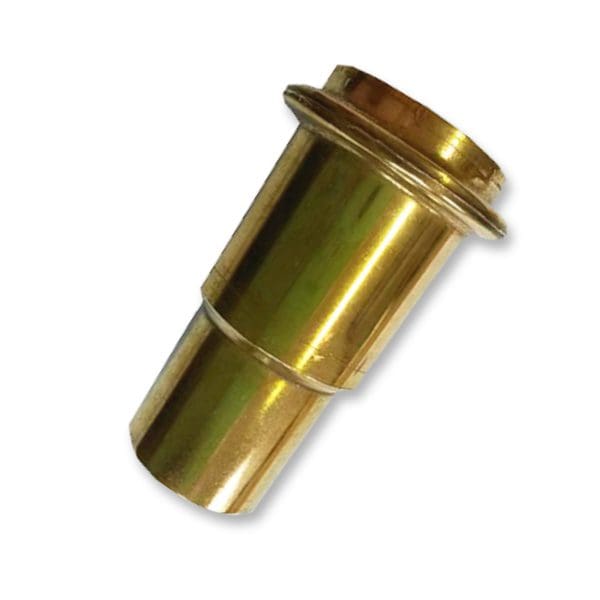



Interested in Finding out More?
To learn more about ActOn’s finishing technology for Manufacturing industry click here. For further information regarding the finishing process contact our technical team.
Contact
Another related Case Study
